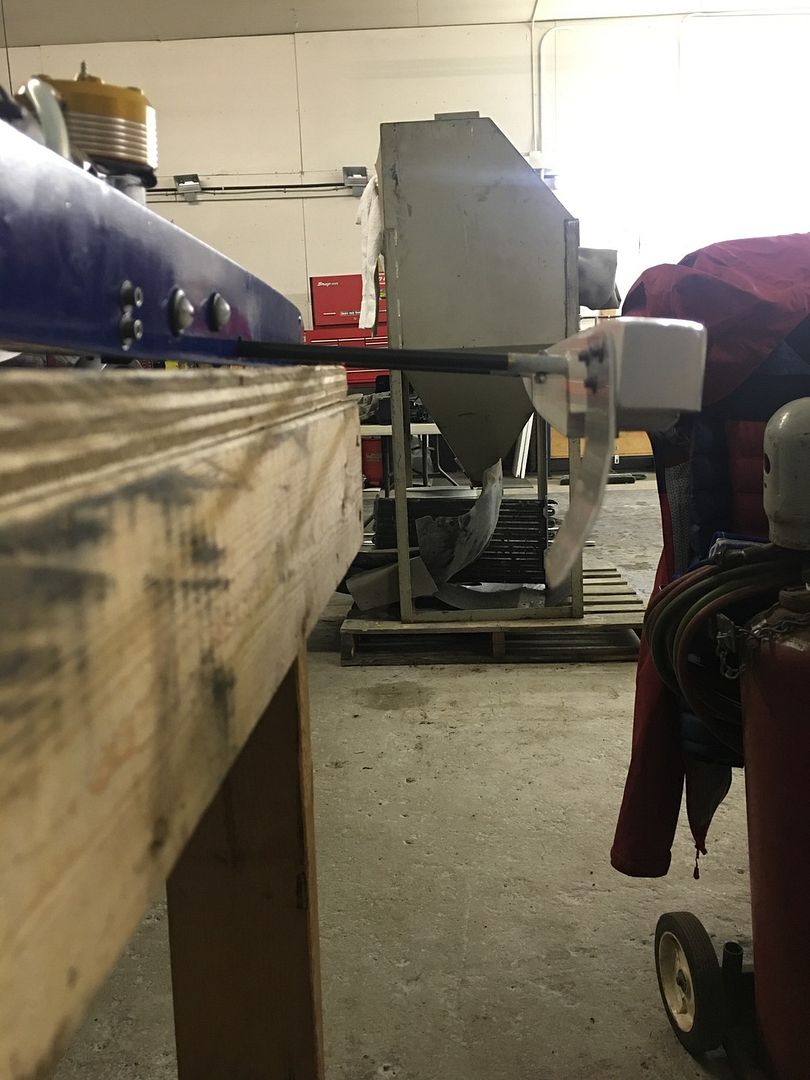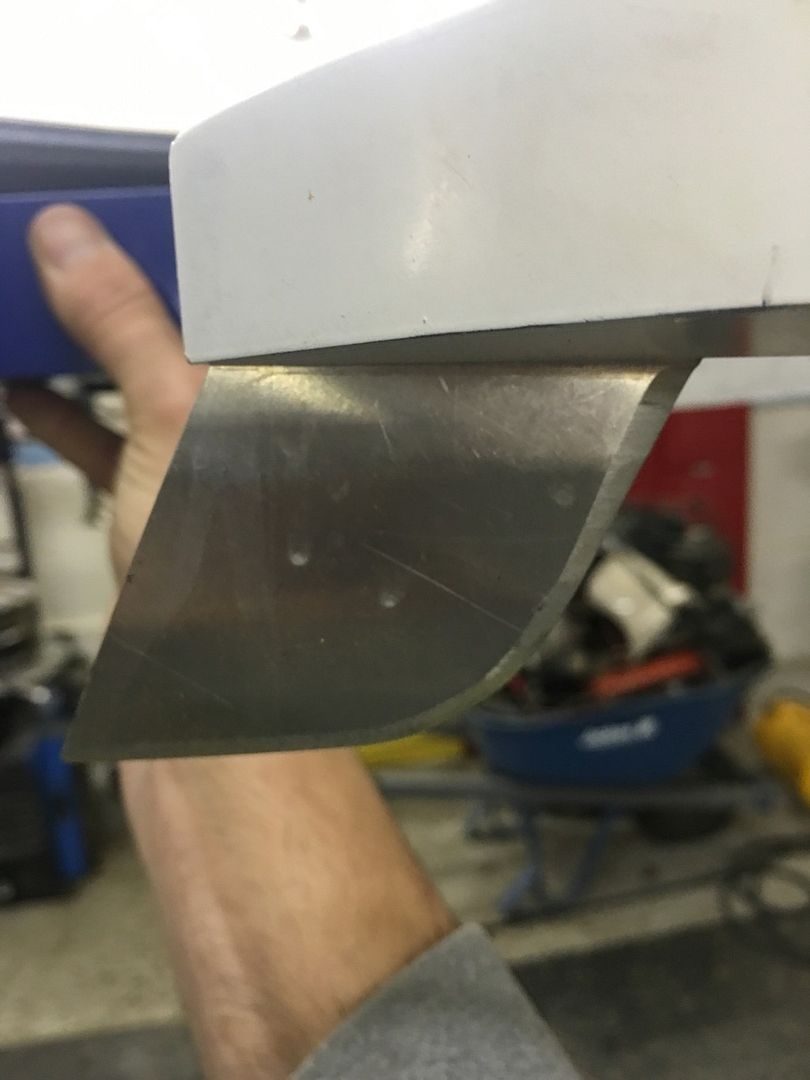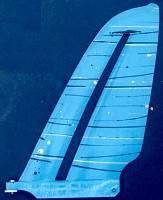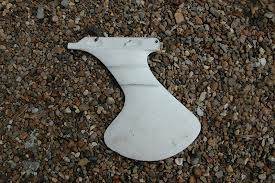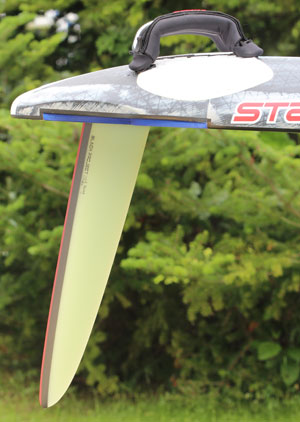Andy Brown
Well-Known Member
- Joined
- Feb 8, 2003
- Messages
- 2,657
The face of the fin must have a certain degree of Angle of Attack in relation to the direction the boat is traveling in order for the boat to turn.
Meaning all the pressure is on the inside of the fin.
I do believe the AOA is changing at a high frequency creating more load, less load as evidenced by the "stripes" in the wall of water.
So what is causing the AoA change? Is high frequency, micro "fish tailing" at the transom, possibly caused by the prop forces on every revolution?
Or Fin flexing? Or something else?
Brett "Ace" Ward's Twin turns phenomenally! Maybe Ian has gotten photos of it in the past?
Meaning all the pressure is on the inside of the fin.
I do believe the AOA is changing at a high frequency creating more load, less load as evidenced by the "stripes" in the wall of water.
So what is causing the AoA change? Is high frequency, micro "fish tailing" at the transom, possibly caused by the prop forces on every revolution?
Or Fin flexing? Or something else?
Brett "Ace" Ward's Twin turns phenomenally! Maybe Ian has gotten photos of it in the past?












































